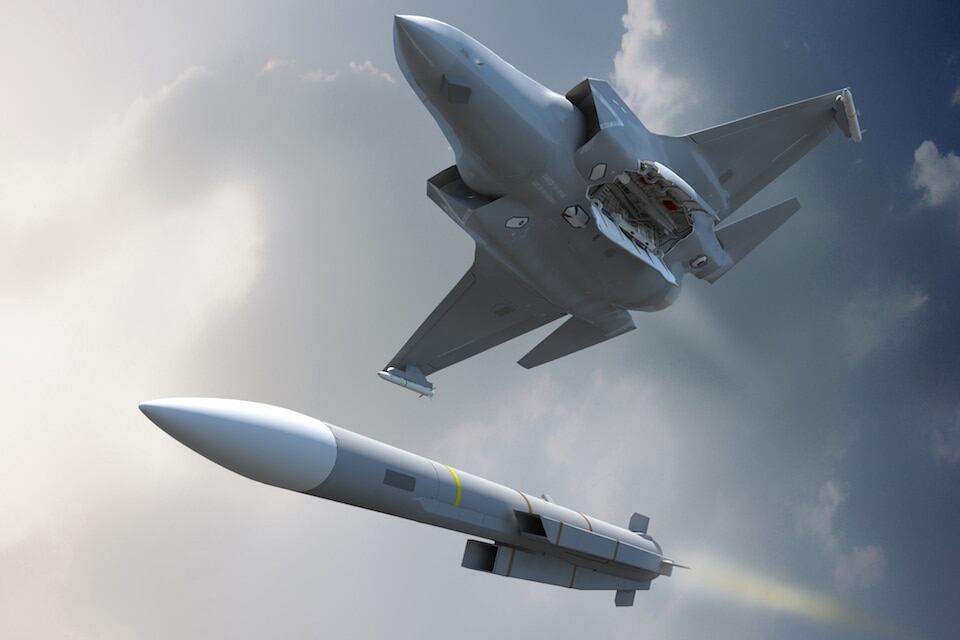SEOUL, South Korea ― South Korea’s arms procurement agency has announced a plan to purchase at least 10 anti-submarine helicopters overseas at a time when the military is keeping weapons procurement programs low-key amid thawing inter-Korean relations.
The plan was approved by the executive committee of the Defense Acquisition Program Administration, or DAPA, presided over by Defense Minister Song Young-moo.
“The DAPA decided to invite foreign bidders to buy advanced anti-submarine warfare helicopters,” the DAPA said in a news release. “The bid is to open next month while a preferred bidder is to be selected through a comprehensive assessment of operational capabilities and costs.”
The South Korean Navy wants to procure 12 more helicopters for maritime operations by 2022 to mainly help thwart North Korea’s submarine threats, according to Navy sources. The service now operates eight AW159 Wildcats that can be mounted on combat ships and can perform anti-submarine, anti-ship and naval reconnaissance missions.
“Once maritime operation helicopters are deployed additionally, the Navy’s multidimensional operation capabilities are to be improved further,” a Navy source said, referring to the AW159 of Leonardo Helicopters, Sikorsky’s MH-60R and NHIndustries’ NH-90 as viable candidates.
The DAPA also endorsed a $535 million program to buy new Patriot Advanced Capability-3 missiles as part of efforts to defend against North Korea’s ballistic missile threat.
The purchase of PAC-3 Missile Segment Enhancement, or MSE, built by Lockheed Martin, is to be made through the U.S. Foreign Military Sales program, according to DAPA officials.
“This procurement plan is at acquiring more advanced PAC-3 precision-guided missiles to help protect key facilities in the Seoul metropolitan area,” the release said.
RELATED

The PAC-3 MSE uses a two-pulse solid rocket motor that increases altitude and range to defend against evolving threats. The missile is known to be able to hit an incoming missile flying at an altitude of 25 to 30 kilometers, higher than the normal PAC-3 interceptor that can hit a target at an altitude of 20 kilometers.
In 2015, South Korea ordered PAC-3 interceptors and launcher modification kits to upgrade its used PAC-2 systems bought from Germany.
The deployment of PAC-3 MSE is expected to help enhance the South Korean military’s multilayered shield of PAC-3 interceptors, along with the U.S. Terminal High Altitude Area Defense system that was successfully deployed in the southern region of South Korea last year.
The South Korean military is also set to produce an indigenous midrange surface-to-air missile shield code-named Cheongung-II, being developed by LIG Nex1, a precision-guided weapons maker in South Korea. The Cheongung-II is a modified version of the Cheongung anti-aircraft interceptor dubbed Iron Hawk, which was developed based on Russian technology.
In addition, LIG Nex1 is pushing ahead with plans to build a long-range surface-to-air missile interceptor that can destroy targets at an altitude of 40 to 60 kilometers.
Email: jeff@defensenews.com
Jeff Jeong was the South Korea correspondent for Defense News.







